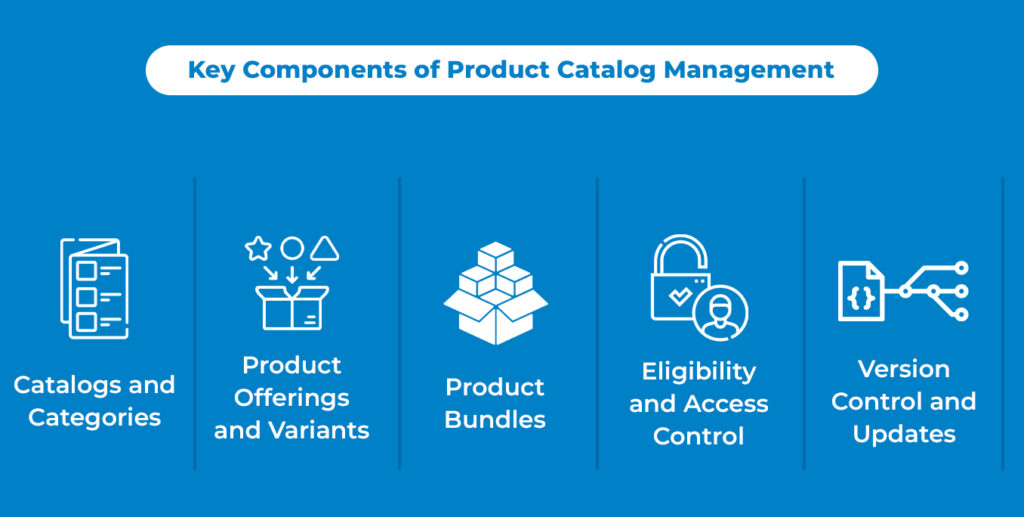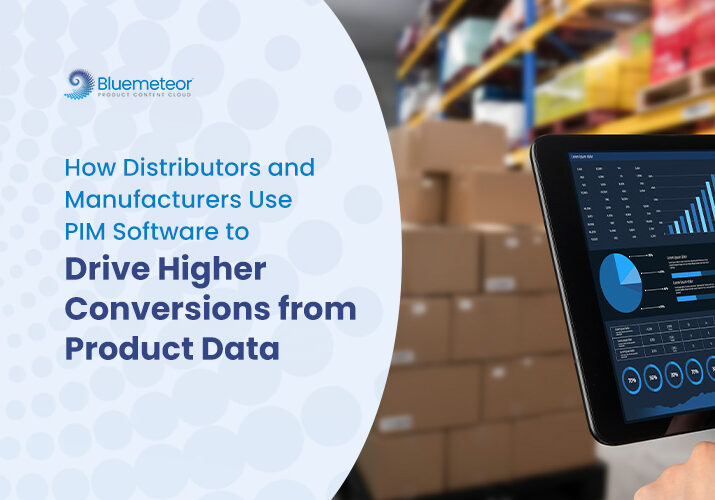A Beginner’s Guide to Product Content Optimization for Online Stores

Running an online store today isn’t just about uploading products and hoping for sales. In such a competitive era, how you present and manage your product information can differentiate you from others. That’s where product content optimization comes in.
For beginners, learning how to organize, update, and improve your product content can boost customer satisfaction, improve search results, and help your store grow.
In this guide, we’ll talk about the essentials of product content optimization, and explain why it matters. On the other hand we will share practical tips to get you started.
A Close Look at Product Content Optimization
Product content optimization is all about organizing the details of your products. This includes how they’re grouped, described, and updated across your online store.
It is like organizing a real store. When shelves are tidy and products are labeled clearly, customers can have a better shopping experience indeed. Likewise, the same applies online—when your product content is clean and easy to browse, people are more likely to buy. However, the product information management (PIM) market is projected to experience rapid expansion in the coming years, reaching an estimated $40.3 billion by 2029, driven by a compound annual growth rate (CAGR) of 21.2%.
Why is Product Content Optimization Significant for Your Business?
Let’s take a quick look at the key benefits:
- Better Customer Experience: When shoppers can quickly find what they’re looking for, with accurate details and images, they’re more likely to complete a purchase.
- Smarter Sales Support: Your team can easily recommend the right products when everything is clearly categorized and described. This will help you to retain the customer straightaway.
- Reduction in Errors: Keeping your product information consistent helps avoid confusion and customer complaints.
- Room to Grow: As your store expands, optimized product content makes it easier to manage new items without feeling overwhelmed.
Therefore, product content optimization lays the groundwork for a smoother and more efficient shopping experience—for everyone involved. In this year 2025, the market size of this industry is expected to grow up to $18.69 billion. Hence, it is not needed to prove the significance at this time.
Core Elements of Product Content Optimization
Firstly, we have to understand the core elements of product catalog management. Here’s what you’ll typically work with:
1. Catalogs and Categories
First, you’ll want to group your products into catalogs (big product groups) and categories (smaller sections within each catalog). This makes it easier for customers to browse and for your team to manage.
For example, a catalog called “Home Electronics” might include categories like “Speakers,” “TVs,” and “Smart Home Devices.”

2. Product Variants
Secondly, products often come in different versions—like sizes, colors, or models. These are called variants. Managing them well ensures that customers can easily select the right option.
3. Product Bundles
Sometimes, products are sold together as a package or kit. For instance, a camera bundle might include the camera body, lens, and memory card. Good product content optimization means you can list these bundles clearly and keep their components organized. Otherwise, with just half of the details customers can feel misguided while buying the particular thing.
4. Visibility Rules
Not every product should be shown to every customer. Maybe some are only available in certain regions or to VIP clients. Basically, with proper setup, you can control who sees what—keeping things relevant and compliant.
5. Regular Updates and Version Control
Over time, product details change—prices go up, new models replace older ones, or specifications improve. For this reason, a good system should let you track those updates, so everything stays current and accurate.
Getting Started with Product Content Optimization
If you’re new to this, don’t worry. Here are a few simple steps to get going:
Step 1: Map Out Your Structure
Begin by outlining how you’ll organize your products. Start broad (main catalogs), then break things down into logical categories. Try to think like your customers—how would they browse?
Step 2: Gather and Standardize Product Info
Next, collect all the details: titles, images, specifications, pricing, and more. Be sure to standardize the format so that everything stays clean and consistent.
Step 3: Use Templates for Similar Items
Afterwards, to speed things up, use templates for products that share similar features. This saves time and keeps your listings uniform.
Step 4: Add Search and Filter Features
Make sure customers can search easily and filter products by category, price, or features. In fact, it can improve the overall shopping experience and make your store more user-friendly.
Step 5: Set Rules for Product Visibility
Set clear guidelines on which products are shown to which users. This helps you avoid confusion and ensures people only see what’s relevant to them.
Step 6: Equip Your Team with Tools
Lastly, give your sales and support teams the tools they need. They should be able to browse products, view bundles, and check availability in real time—right from the catalog system.
Common Challenges & How to Solve Them
Besides its benefits, there are some obstacles along the way. But with the right approach, they’re easy to manage:
- Keeping Content Fresh: Frequent changes mean you’ll need a good process for reviewing and updating product info regularly.
- Large Inventories: With hundreds (or thousands) of items, things can get messy. A clear structure and automation tools can help.
- Data Accuracy: Mistakes in product content can hurt your reputation. So, always double-check key details.
- Changing Customer Needs: As shopping habits shift, your product listings need to keep up. Make regular tweaks based on feedback and performance.
Therefore, use product recommendations to guide buyers. These suggestions—like showing a matching laptop bag when someone adds a laptop—can increase order size and improve satisfaction.
It’s all about helping shoppers discover what they didn’t know they needed.

Get Seamless Product Content Access with Bluemeteor’s Catalog Self-Service Portal
Bluemeteor’s Catalog Self-Service Portal, part of our Product Content Cloud, ignites businesses to share accurate, up-to-date product content through a secure, user-friendly platform. Designed to work seamlessly with Bluemeteor’s PIM and DAM—or your existing systems—it offers powerful features like advanced filtering, custom data exports, on-demand spec sheets, and a digital asset library. Internal teams and external partners can quickly access everything from product specs to high-resolution images, accelerating speed-to-market and ensuring brand consistency.
Moreover, trusted by leading names like Office Depot and IDEA, Bluemeteor is redefining how organizations manage and deliver high-quality product content at scale. faster launches, fewer mistakes, and a consistent brand message—everywhere.
End Note
In this highly competitive world of this century, product content optimization is more than just a task—it’s a smart strategy for growth.
By organizing your products clearly, maintaining quality content, and making it easy for customers and teams to find what they need, you create a smooth, engaging shopping experience.
Therefore, whether you’re just getting started or looking to level up your existing process, taking the time to optimize your product content will pay off in better sales, happier customers, and a store that’s ready for the future.
Related Articles
Recent Post
Categories




